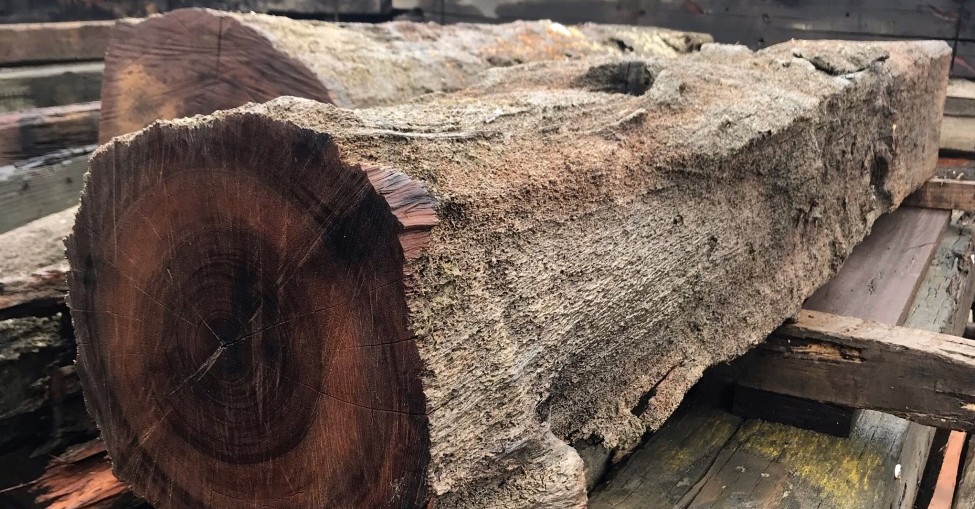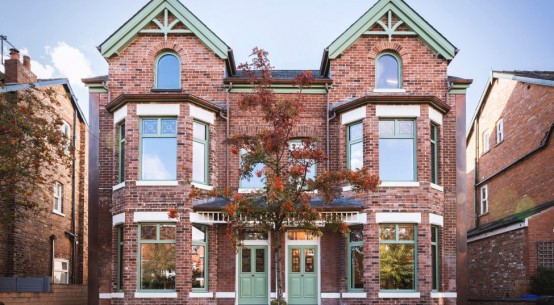
A walkway planked with tropical keruing salvaged from Southend Pier by Ashwells Reclaimed Timber was featured by the world’s press when they photographed HRH Duchess of Cambridge on her ‘Back To Nature’ stand at this year’s Chelsea Flower Show. Ashwell’s also supplied reclaimed greenheart for the Facebook garden at Chelsea saving another rainforest tree in Guyana from being felled.
100m tonnes of new construction materials are used annually in the UK of which less than 1% are reclaimed. Ashwells was the first yard to be visited by a team from Salvo who are creating new listings of 500 UK and Irish reclamation businesses as part of the FCRBE construction professionals directory to make it easer to source reclaimed.
FCRBE is a three-year European project aiming to increase reuse in construction in northwest Europe by 50% of which there are two British partners, Salvo and the University of Brighton. and six partners in Belgium and France, and is part-funded by the European Regional Development Fund through InterregNWE in Lille.
To achieve the 50% increase Salvo estimates that the UK reclamation sector would need to salvage around 150,000 tonnes per year, equating to at least 30,000 tonnes of CO2e, saving the carbon emissions each year equivalent to 20 large wind farms.
Ashwells, run by Deb and Janine Davies-Tutt, has been reclaiming wood for thirty years from a yard near Grays, Essex, where there are massive stocks of old rare tropical and temperate hardwoods and a sawmill where timber baulks are resawn, planed and thicknessed into usable structural timbers, floorboards and planking. Reclaimed greenheart is an exceptionally durable and tough tropical hardwood which originated
from Guyana and was used in British marine structures and coastal defences along with other tough and rare tropical timber such as purpleheart, opepe, ekki and jarrah. Ashwells also collects parkland and municipal temperate British hardwood trees which have been blown down in storms, and then can be converted into construction timber for professional specifiers.
The benefit of reusing reclaimed building materials is that it saves energy, mineral resources, forests, architectural history, provides employment and can reduce construction costs. Ashwells contributes to saving the equivalent of around 500 tonnes of CO2e annually by its customers avoiding the need to fell greenheart and other forest trees.
Greenheart timbers salvaged from the demolition of Rainham Power Station Jetty were taken by barge to Ashwell’s sawmill, resawn, and shipped to a customer who wanted to build a termite proof house from indigenous timber in the Caribbean. Greenheart is an endangered species, and therefore CITES protected. Ashwell provided kit-form reclaimed timbers to the architect’s cutting list. Their return to the Caribbean ensured the timbers completed a full circle – circular economy par excellence! Even the gribble-chewed surfaces of greenheart piles and fenders can be sliced off and sold to designers for exotic wood surfaces, leaving the uneaten inner wood with pristine new surfaces.
Salvo would like to hear from reclamation-friendly green construction professionals – architects, designers, landscapers and builders – who would like to be included in the listings.





